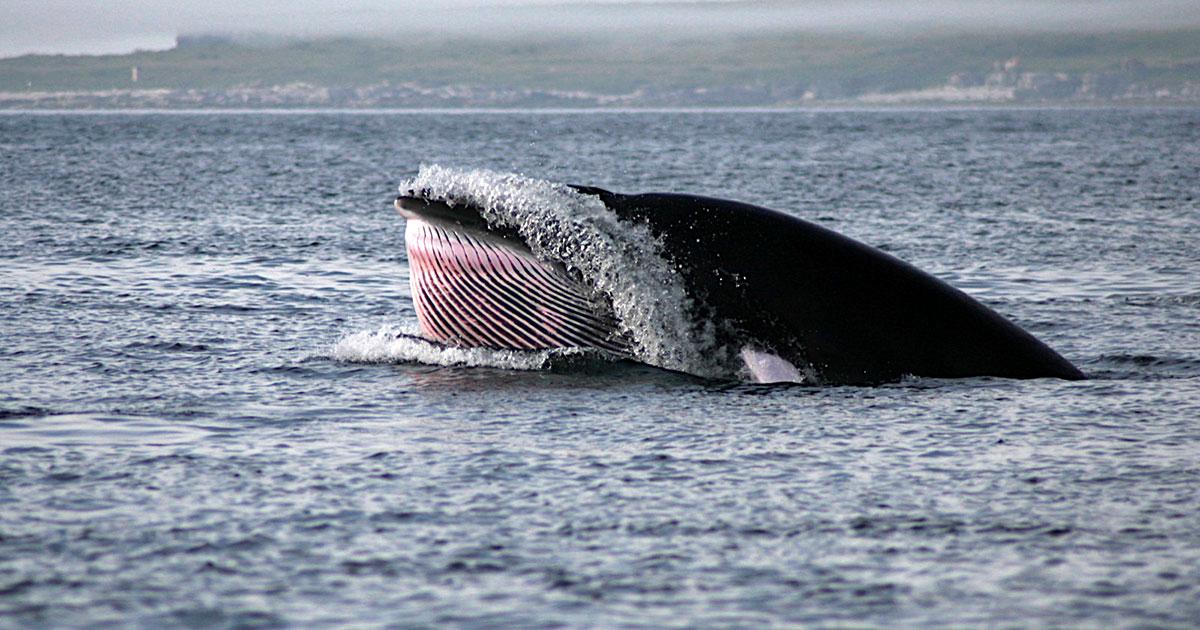
The milk is about 35 to 50 percent milk fat, which allows the calf to gain weight at a rate of up to 10 pounds an hour, which amounts to over 250 pounds a day!Ĭalves stay with their mothers for about six to seven months. Newborn blue whales are big babies! They can reach about 23 feet in length and can weigh 5,000 to 6,000 pounds at birth.Ī nursing blue whale mother produces over 50 gallons of milk a day. Blue whale pregnancies last about one year with calves typically born in December to February in low latitudes. Once female blue whales reach sexual maturity around 5 to 15 years old, they can give birth every two to three years.


By 1966, blue whales were so scarce that the International Whaling Commission declared them protected throughout the world. Hunting reached its peak in 1931 when nearly 30,000 blue whales were killed. The blue whale was too swift and powerful for the 19th century whalers, but with the arrival of harpoon cannons, these whales became a sought-after species for their blubber. Today, blue whales are listed as an endangered species. The Eastern stock is believed to spend winters off of Mexico and Central America, and feed during summer off the U.S. There are two distinct groups in this area, with one set feeding and breeding closer to Russia and Japan, and the other closer to the United States.

The North Pacific population resides in waters from Russia and Japan to Alaska and California, down to Costa Rica. There are a number of distinct populations of blue whales. They’ve been observed swimming individually or in small groups, with pairs being the most common occurrence. Blue whales have been found in all oceans around the world except for the Arctic Ocean.


 0 kommentar(er)
0 kommentar(er)
